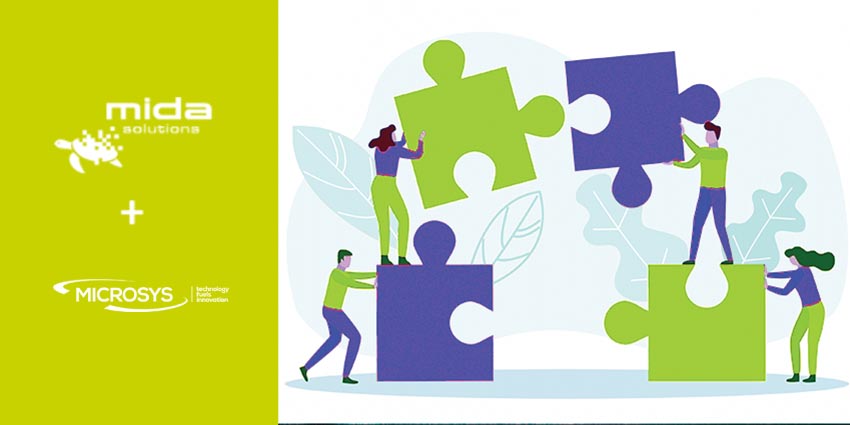Even before the pandemic, growing adoption of Microsoft Teams had led the Unified Communications community to assess how popular call centre capabilities could be smoothly integrated into Teams, enabling operational efficiencies and user satisfaction. On one level, this type of integration is simply a replication of previous steps that may have been taken to integrate functionality such as CRM with call centres powered by PBXs. However, enabling data-driven processes and integrations with CRM for Teams environments requires dual expertise to align the different capabilities.
Mida Solutions has approached this challenge, drawing on its heritage of adding services and applications to PBX-based call centre environments, by partnering with Microsys, a System Integrator specialising in Microsoft technology. “We have great experience in services and apps on top of the PBX so two years ago it made sense to bring these to Teams environments” explains Marco Cortese, the President and Sales Manager of Mida Solutions.
“To have an effective product, you need to integrate call centre solutions with business logic and workflows and this is where there’s a perfect meeting point with Microsys. They have the expertise in Microsoft Dynamics which enables us together to have a very effective integration”
Microsys also saw the potential to add value for customers. “Although Teams and partner products did a good job, they did not provide a complete offering if your customer needs features they expect from a PBX,” says Gianpaolo Vittorelli, the CEO and CTO of Microsys. “The collaboration with Mida Solutions is exactly to address this point and complete the solution with some features that are missing. There will probably always be space to add functionality to current solutions and this enables companies like us to collaborate.”
Cortese is convinced this is what the market is looking for. “The message is crystal clear that while companies were already using CRM they would be coming at it from a different telephony technology in future,” he says. “They wanted to move to Teams and keep the call centre integrated with their CRM so for us it’s a straightforward step to go in this direction.”
The companies have therefore created a solution that integrates Microsoft Dynamics CRM, Teams and Mida Attendant Console. This enables dramatic efficiency improvements and allows basic information to be applied to the call without involving the agent. This savings multiplied across a large call centre is substantial. However, the companies anticipate greater efficiencies as further integrations are developed, such as for outbound calling.
“This isn’t only for companies that have high volume use cases, customers that use CRM without really having a call centre will find they don’t have to cut and paste phone numbers, for example,” adds Vittorelli. “20 years ago, call centres were only for large companies but now even small companies can have this and get exactly the same features as large corporations. It has been very easy to work together with Mida on this. We are not complex bureaucratic organisations, we just call each other and collaborate”
For Cortese, the collaboration is based on the complementary strengths of the two companies. “We come from different technologies,” he says. “There are several partners working with Microsoft but Microsys also addresses the telecoms capabilities. Having knowledge of session border controllers (SBCs) is very important to enabling applications and services. It has also been a benefit that we address important common customers’ needs. I’m looking forward to further collaboration.”







